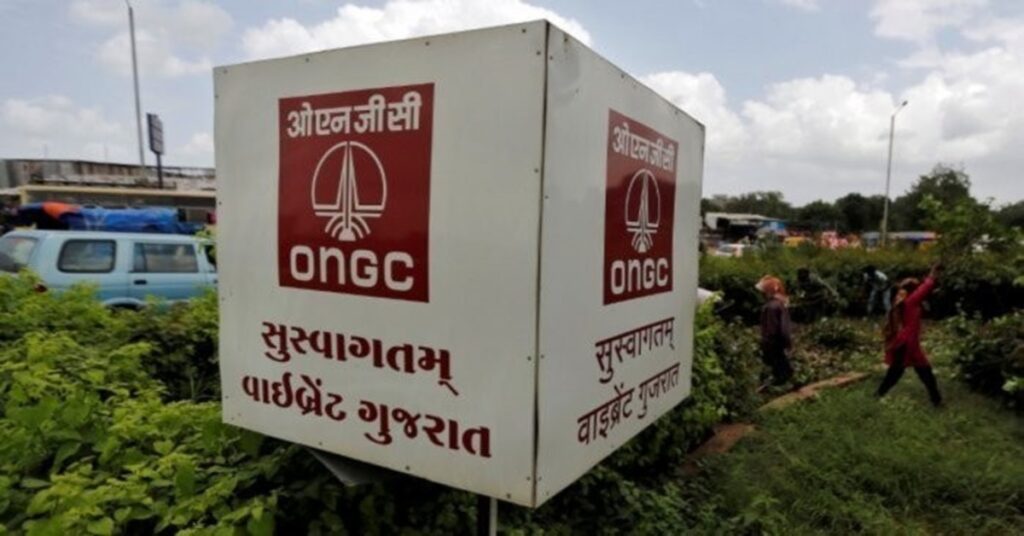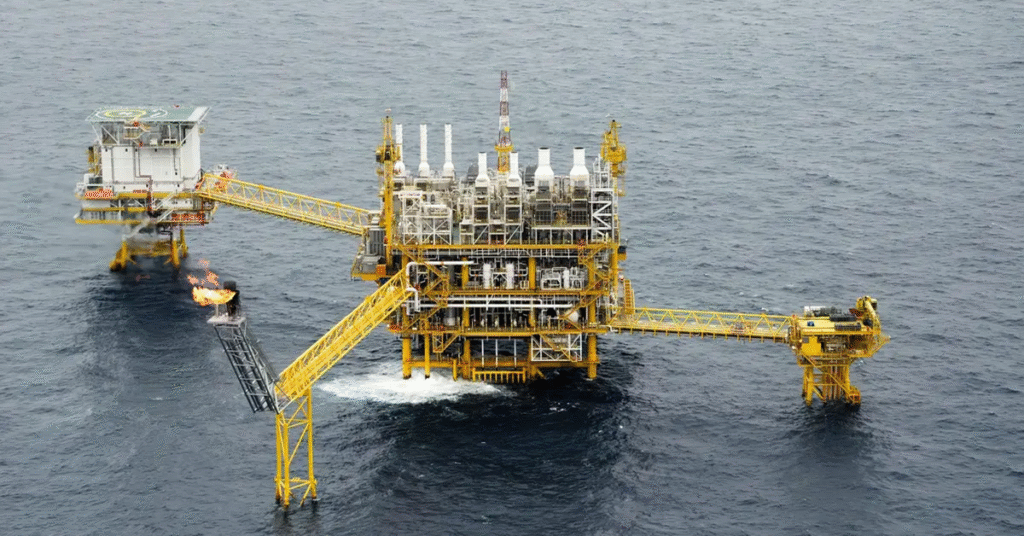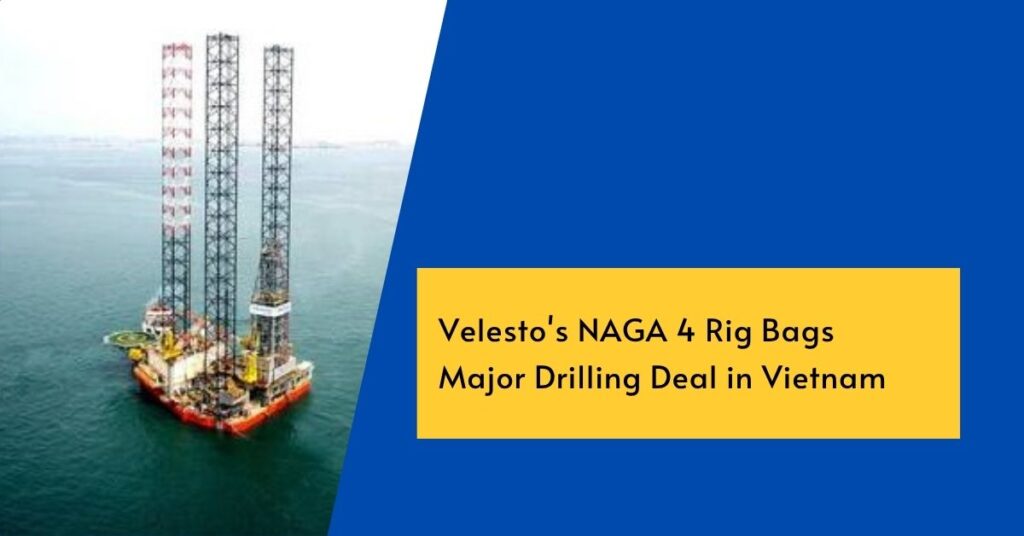In early 2025, Oil and Natural Gas Corporation (ONGC) reported a controlled gas leak incident at a drilling site in Sivasagar, Assam. The event occurred during routine drilling operations in the Rudrasagar oil field, one of ONGC’s key onshore assets in the Northeast region.
This blog post explains what led to the ONGC gas leak Assam 2025, how it was swiftly managed, and what it means for drilling safety protocols across India’s energy sector.
Note: No injuries or fires were reported, and ONGC took all required emergency measures promptly.
What Caused the ONGC Gas Leak in Assam?
Subsurface Pressure Imbalance
The gas leak was caused by a kick, which happens when formation pressure exceeds the drilling mud pressure. This is not uncommon in exploratory or development drilling, especially in gas-prone formations.
Early Signs of a Kick:
- udden change in mud returns
- Increased gas readings at the surface
- Unexpected changes in wellbore pressure
Tip: Regular pressure monitoring and BOP (blowout preventer) testing help in early detection.
ONGC’s Response Strategy
Emergency Measures Taken:
- Evacuation of workers in the immediate area
- Junk shot technique to block flow
- Weighted mud pumped to control formation pressure
- Water blanketing to reduce ignition risk
- Ongoing monitoring by ONGC engineers and third-party specialists
ONGC followed standard industry practices to manage the ONGC gas leak Assam 2025, minimizing impact on people and the environment.
Comparison with Past Incidents
Unlike the Baghjan blowout in 2020, the Sivasagar gas leak in 2025 was smaller in scale and managed effectively with no reported casualties or fire. It reflects improvements in ONGC’s well control and emergency preparedness over the years.
What Can We Learn from the ONGC Gas Leak Assam 2025?
- Importance of early kick detection
- Need for well-trained emergency response teams
- Ongoing importance of blowout prevention systems
- Value of public transparency and local coordination



